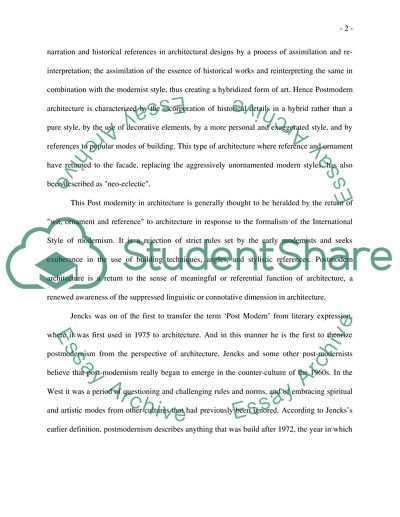Cite this document
(“Charles Jencks and Postmodernism Essay Example | Topics and Well Written Essays - 3500 words”, n.d.)
Retrieved from https://studentshare.org/architecture/1529565-charles-jencks-and-postmodernism
Retrieved from https://studentshare.org/architecture/1529565-charles-jencks-and-postmodernism
(Charles Jencks and Postmodernism Essay Example | Topics and Well Written Essays - 3500 Words)
https://studentshare.org/architecture/1529565-charles-jencks-and-postmodernism.
https://studentshare.org/architecture/1529565-charles-jencks-and-postmodernism.
“Charles Jencks and Postmodernism Essay Example | Topics and Well Written Essays - 3500 Words”, n.d. https://studentshare.org/architecture/1529565-charles-jencks-and-postmodernism.


